What does Georgian tea taste like? We cupped a range of samples from this relatively unknown origin.
The brewing method was standard cupping procedure – 2.5 g of leaf, 5.5 oz/163 ml cupping set – and a slight variance on the temperature and time: 195 °F/90 °C at 4 min for the green, full boil at 5 min for the black teas.
When exploring a new origin – and that can mean country of production or even just a region or garden – cupping is helpful as it provides familiarity as well as a uniform procedure. A personalized brewing for enjoyment is ideal for deeper understanding.
Sample #1: Twisted Green
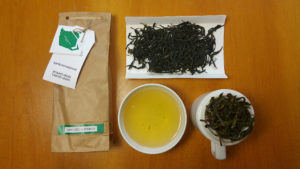
Twisted Green, from the Nagomari plantation, is refreshingly calm. The leaves are bold and well shaped, the colors of emerald and dried seaweed.
Immediately after decanting, the still-hot leaves offer a subtle, mellow aroma of broccoli stems and simple starches with no notes of raw green sourness or over-firing. The stems show noticeable oxidation where the leaf was picked, but this did not seem to skew the flavor unfavorably.

As the leaf cools, a nuanced, light honey note comes through, with some vanilla bean pod, too. The flavor is clean, smooth, and toasty, with a pleasantly dry finish.
In all, it is similar to a mellow, toasty Chinese green: no sourness or smokiness. However, it is missing a little depth and there is no buttery presence – those things would make it more memorable. This tea is great for drinking bowl-style.
Sample #2: Delicate Black

The second tea from Nagomari, Delicate Black, will be familiar in flavor to fans of Chinese black teas, particularly those from Fujian.
These leaves are wiry, long, purposeful, and reminiscent of artistic black teas from Taiwan. After decanting, the hot leaf offers a sappy, fresh pine aroma at first, finishing with aromas of cooked jam and toasted nuts.
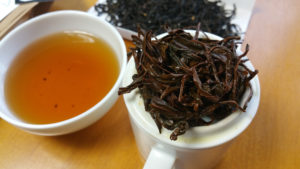
The flavor is dense and very liquid, rolling, and lingering, like port wine, raisin, and caramel. The roasting is balanced, so the flavors coming through are the tea itself; avoiding any reliance on roasting for caramelization.
This lovely tea is sure to be a hit with fans of fragrant Nilgiri frost tea, Fujian congous, or rare Korean black tea. It is not a powerhouse of flavor like those varieties, but the subtlety and quietness is impressive. This is also a pleasant tea for bowl-drinking style.
Sample #3: Intensive Black
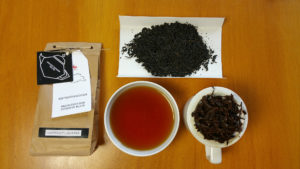
Also from Nagomari, Intensive Black has the look of a big, bold Assam. The initial punch is very malty like Assam, with a sweet cocoa-like quality of Chinese congous. However, the depth and consistency are not as impressive as those two teas, or even as the Delicate Black sample.
The firing is pleasant and adds a sweet, toasty flavor – perhaps too much. The flavors and aromas are quite pleasant, adding up to a good breakfast blend.
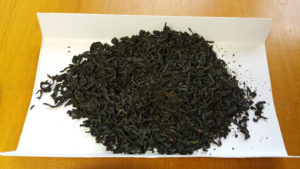
The dry leaf is not as evenly graded as the Delicate Black or the Twisted Green. There is significant dusty particulate and a choppy mixture of leaf size, which would account for some of the inconsistency in the brew. Further grading of the tea to sift out some of these fannings would clean up the cup.
Other samples…
We received several other teas for comparative tasting, including an unnamed black tea that was gifted to our reporter. It seemed to be more experimental than the other two.
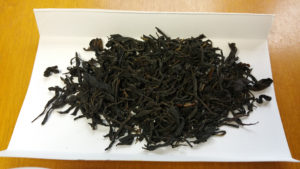
The leaves were more oxidized than to suggest an oolong, yet the aromatic and flavor were disconnected. It was not a fully black tea, and had some noticeable green character. While the leaf was quite lovely, the flavor was on the thin side and faintly fruity. It seemed to lack intent or a goal, both of which would have made it a more memorable drinking experience.
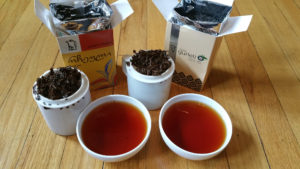
Two other companies offered standard black tea samples, both of which steeped a brick red, cheerful infusion. Both came across as pleasant breakfast-type teas, more malty and Assam-like than the Nagomari teas, which were distinctly more Chinese congou like.
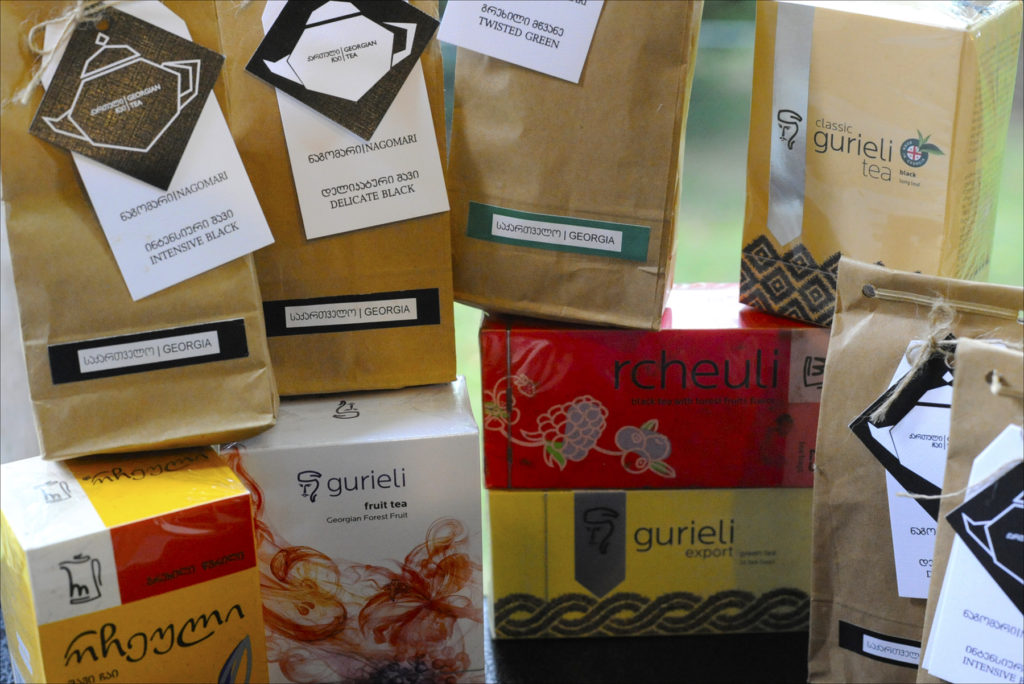
Tea Market
Get More Value from Your Tea: BRU Maker One
+41794574278
Jacque's Organics
(647) 804-7263